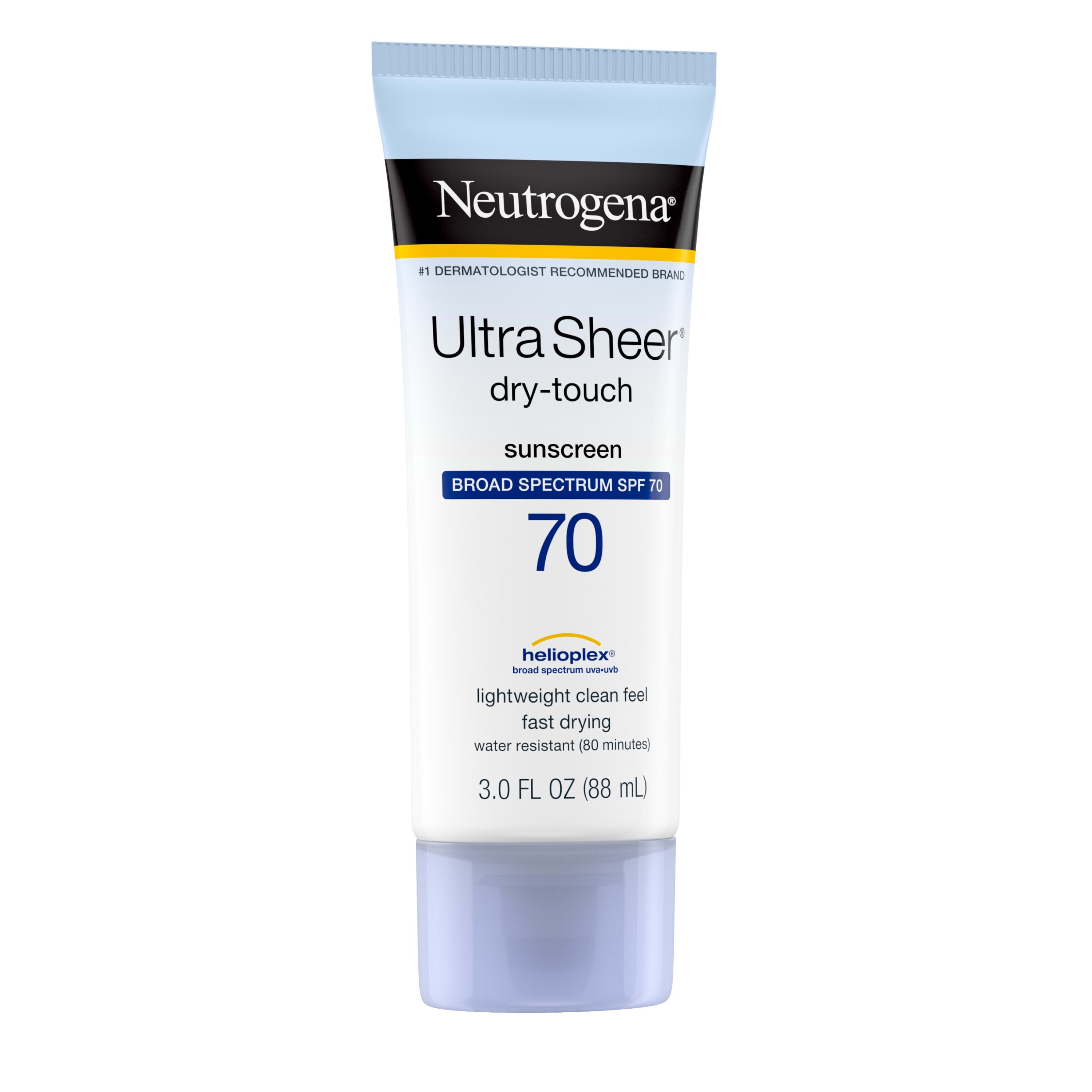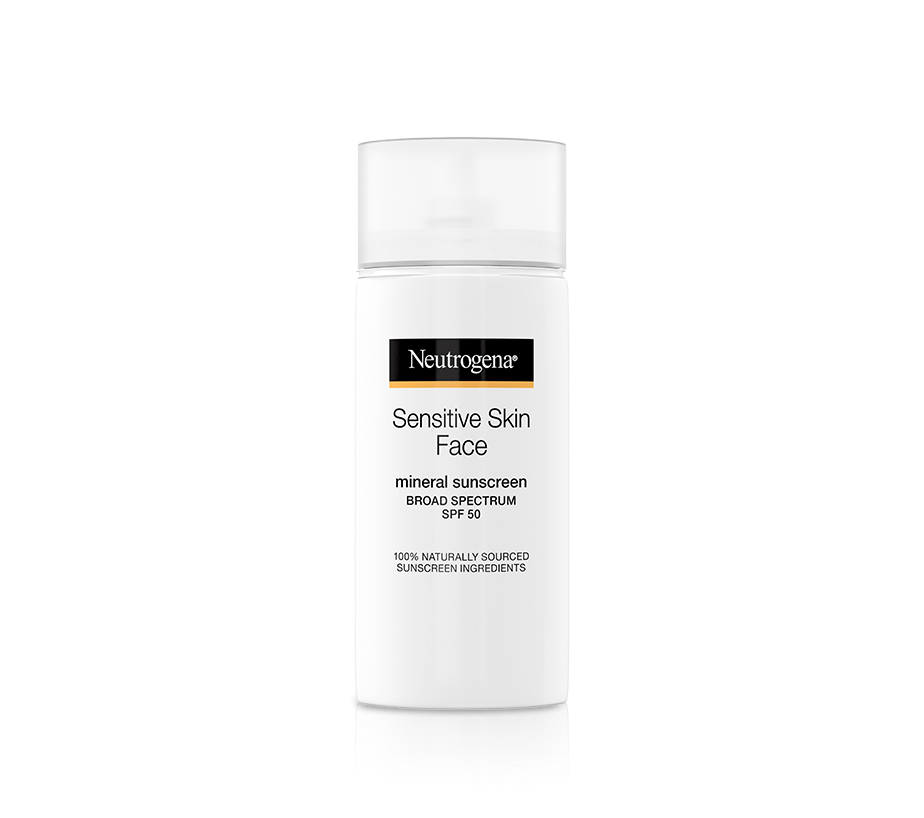

Neutrogena also says this sunscreen spray - which is free of oxybenzone, parabens, and mineral oil - is water-resistant for up to 40 minutes. Target shoppers reported that the spray didn’t leave a “white cast” that many sunscreens are guilty of, and noted that it wasn’t greasy as well. We love Neutrogena’s Invisible Daily Defense face mist because it has one of the highest SPFs on the list (a sun protection factor of 50), and truly delivers on the “invisible” aspect of its name. 1 sun care brands recommended by dermatologists). We of course have to start the list with Neutrogena, which is one of the most sought-out brands when it comes to sun protection (since it’s also the No. Neutrogena Invisible Daily Defense Face Mist - SPF 50 To reiterate, these sunscreens are designed for your FACE, meaning that they’re not as greasy and heavy as body sunscreen sprays! 1. However, you don’t need to melt off your foundation to protect yourself from the sun: maintain your makeup, as well as the elasticity in your face (which UV rays can damage), with the best face sunscreen sprays.
Neutrogena sunscreen spray for face skin#
You should be reapplying every two hours while outdoors per the Skin Cancer Foundation’s suggestion, which doesn’t sound ideal if you already have a full face of makeup on. We get it - applying sunscreen on your face is tricky. In short? Whether you're on the hunt for something that'll be kind to your sensitive or oily skin, or great options for dark skin tones that won't leave a cast, reach for any of these spray sunscreens all summer long.If you purchase an independently reviewed product or service through a link on our website, we may receive an affiliate commission. "That means it will cover both UVA and UVB rays from the sun." Whatever you choose, make sure it contains at least SPF 30 protection (no, 100 isn't necessary) along with the words broad-spectrum on the bottle, says Zeichner. Which to use is a personal choice," says Shari Sperling, DO, board-certified dermatologist and medical director and president of Sperling Dermatology in New Jersey. The physical blockers, like zinc and titanium, which are found in mineral sunscreens, block the sun from entering the skin and causing damage. "The chemical blockers work to prevent damage when the sun is absorbed into the skin. Ready to select the product that's right for you? Start with the science: There are two different types of sunscreen-physical and chemical. "Facial mists can be used as an extra coating of sunscreen over your makeup without smudging or removing it," she adds. Sprays also work over makeup when you're looking to refresh your SPF, but only after you've already lathered on your broad-spectrum face sunscreen as the last step in your morning routine, says Tsippora Shainhouse, MD, a board-certified dermatologist. "If you don’t see it, it's not there." And don't forget that you should reapply every two hours during summer months, and especially after sweating or swimming.

"Spray sunscreen should be applied like spray paint, not perfume," adds Joshua Zeichner, MD, a board-certified dermatologist in New York City. Ilyas, MD, board-certified dermatologist at Schweiger Dermatology and CEO of AmberNoon, tells Oprah Daily. To make sure you're getting proper coverage, position the nozzle within six inches or less of your body, hold for four to five seconds, and coat your skin until it "glistens," Erum N. The downside? Aerosols can be lost to the wind. If they're applied correctly, they offer the same protection as their lotion- or cream-based brethren, but the upside is that you don't have to spend as much time rubbing them in (although, to ensure you don't miss any areas, you should do a pass with your hands as well).

Sunscreen is a non-negotiable-yes, even on cloudy days-and every dermatologist we spoke to agreed that the best sunscreen is the one you'll actually use.


 0 kommentar(er)
0 kommentar(er)
